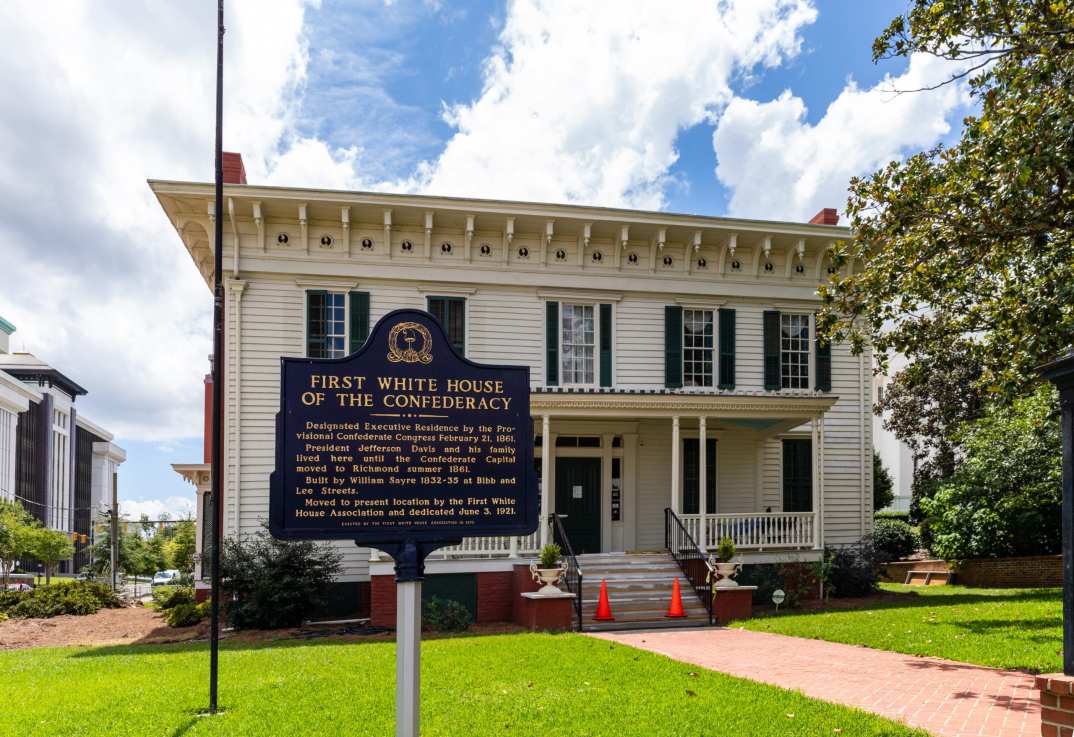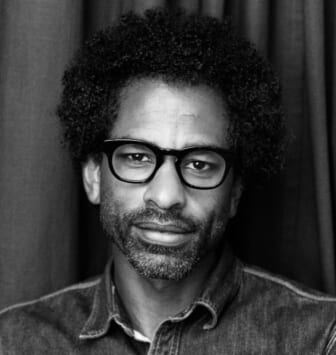What would White History Month look like?
OPINION: Let's explore what White History Month would entail. What could possibly go wrong?

Editor’s note: The following article is an op-ed, and the views expressed are the author’s own. Read more opinions on theGrio.
It always blows me away when I think about how often I hear white people say, “Where’s White History Month?” It’s been said to my face, it’s been said online. I think we’ve all heard it, and I think many white people are somehow resentful that there’s a Black History Month and not a White History Month. This is clearly like the fish who says “What’s water?” because c’mon, White History Month is every month. The celebration of your achievements and your stories and your history are constant. But I have two kids, and I know that no matter how much ice cream one of them has, one can still want the ice cream the other one has. Yes, white folks are acting like spoiled babies on this one, but you know what, just for poops and giggles, let’s indulge them on this idea this one time. What would white history month look like?
We’re talking about a White History Month based on American history, but we can’t try to define white culture because there’s no there there. There is no singular white culture, but let’s just gloss over that, OK? (Yes, I know glossing over something as massive as that — the lack of an actual community that bounds the group together — is impossible but don’t let your logic get in the way of a good time. I’m going somewhere.) So, we’re talking about White History Month and the history of white people in America. Um, are we sure we want to go there? It’s gonna start to look like a horror film real fast, one where we’re supposed to root for the killer. But, if you’re OK with that then…
White History Month should definitely include a discussion of how the early waves of white settlers in America “removed” the native Americans from their land. This is not a nice story. There was mass murder, there were treaties that white Americans violated, there were blankets with smallpox in them given to American Indian civilians, which is like biological warfare and domestic terrorism all wrapped up in one. Raoul Peck’s amazing documentary “Exterminate All the Brutes” goes deep into this history.
But, there are some good things from those early days like the rise of the American gun industry and the creation of the amazing Declaration of Independence and the Constitution. White Americans wrote and designed an amazing democracy that said “all men are created equal,” which is brilliant and inspiring except when you remember that they did not actually believe that.
Slavery is a big part of White History Month. Why? Well, who were the slave traffickers? Who were the slave owners? Who were the slave traders? Who benefitted from slavery? I think some of the white people in the audience are looking for the exits by this point because they thought the horrors of Black history would be left out of White History Month but, no, slavery is white history, too. History isn’t a record of the good stuff. It’s a record of what happened.
White Americans ran slavery for hundreds of years, and because of slavery, America developed into the global economic power that it has been ever since. This was not simply because of the country having free labor but also because of the value created by enslaving human bodies. The enslaved people themselves were a commodity. White people benefited immensely from slavery in ways that continue to this day. That said, they also did a good thing — after hundreds of years of this peculiar institution and a war that divided a nation, white people finally abolished slavery. Given how long it went on before they stopped it, they should not be expecting a thank you. The abolition of slavery was beautiful except that it was white Americans removing their own boot from the neck of Black America. Should they really get credit for that?
We’ll also talk about the confederacy and the Civil War, but the confederacy was attacking America; they were an enemy army and they lost, so they may not get the loving portrayal they want.
After slavery, white people found new, legal ways to enslave Black people, and they committed a lot of acts of domestic terrorism to keep Black people in place. Here we talk about the rise of the American prison system — lynching, sundown towns, the 1921 Tulsa race massacre, Emmett Till — I know we talk about a lot of these things during Black History Month but again, these stories are also part of White History Month.
There will be some highlights. There’s some good white people out there. Don’t press me for names right now, but I’m sure they exist. We also have to do World War I and World War II, which looks pretty great for white people, and the Vietnam War, which does not. White history can be bleak if you leave in all the parts that include how they treated Black people. Elvis Presley stole his style from Black people like Little Richard and Sister Rosetta Tharpe so that’s no fun. Babe Ruth may be the best baseball player ever except he never had to face Black players. Also, he may have actually been Black. Shirley Temple was cute but her signature tap dance number that was done alongside an older Black man, Bill Bojangles Robinson, is super cringey nowadays.
This is hard.
Perhaps we should table any discussion of a White History Month and circle back to it later, like, after white people have a little more to be proud of. OK?

Touré is a host and Creative Director at theGrio. He is the host of the podcast “Toure Show” and the podcast docuseries “Who Was Prince?” He is also the author of seven books including the Prince biography Nothing Compares 2 U and the ebook The Ivy League Counterfeiter. Look out for his upcoming podcast Being Black In the 80s.
TheGrio is FREE on your TV via Apple TV, Amazon Fire, Roku, and Android TV. Please download theGrio mobile apps today!


